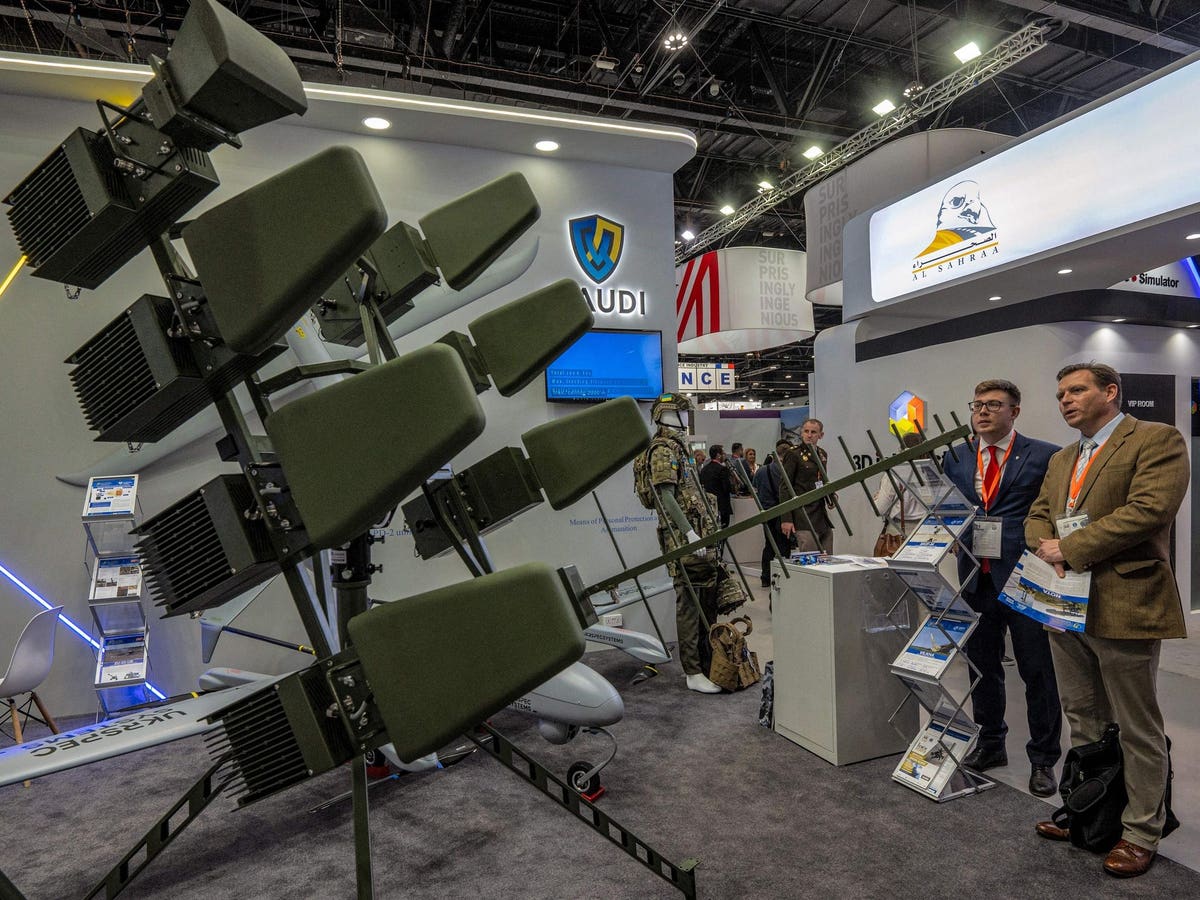On February 10, an address by Ukrainian President Zelenskyy discussed the crucial role that electronic warfare (EW) systems have played in the defense of Ukraine. He also stressed the importance of prioritizing the development of new EW systems this year. These systems exploit, deceive, and disrupt the electromagnetic spectrum, reducing the effectiveness of radios, navigation equipment, missiles, drones, targeting systems, and air-defense systems. The use of EW systems is expected to increase as the war continues, resulting in a need for newer, more advanced technology. Consequently, a recent statement from the Ukrainian Digital Transformation Minister, Mykhailo Federov, outlined a new goal to increase Ukrainian production of advanced EW technology by shifting the production of EW systems to the commercial sector.
Currently, Russia has the upper hand in EW technology. Indeed, when Russia first invaded Ukraine in 2014, they expertly integrated EW systems into their maneuvers and fires, providing them a large tactical advantage. Ukrainian forces were not able to synchronize their defenses due to communication challenges. Meanwhile, the Russians used the Ukrainian electronic signatures for targeting Ukrainian troop concentrations and artillery locations. Additionally, Russian jammers obsoleted much of the Ukrainian drone fleet. The Russian systems have since undergone numerous upgrades and have remained powerful and versatile.
Drawing lessons from the 2014 conflict, Ukraine incorporated EW systems into their arsenal prior to the current conflict. The specific models in the Ukrainian arsenal remain uncertain, as this technology is typically kept confidential. Oryxspioenkop.com reported two Ukrainian-made EW systems: the NOTA and the Bukovel-AD EW systems. Both are utilized for counter-drone applications, with the NOTA system additionally disrupting radio networks, corrupting signals, and pinpointing radio transmitters. Janes Defence also mentions these systems along with the Mandat-B1E R-330UM, which collects radio signals and emits a selective jamming signal. Furthermore, the aid packages from the United States included EW systems, though the exact systems were not detailed in the enumerated list of items sent to Ukraine. Ukraine likely has a number of other systems, which have featured prominently in their counter-drone and air-defense strategies.
Although Russia currently has the edge in EW technology, Ukraine’s move to develop a commercial EW sector could shift the balance in Ukraine’s favor. Like any military technology, EW operates as a cat-and-mouse game, exploiting vulnerabilities in communication, navigation, and tracking systems. As the targeted systems address these vulnerabilities, the EW systems must rapidly adapt by finding new ones to exploit.
Ukraine’s new EW development efforts can capitalize on advances in the commercial sector, especially those related to communication technology. Ukraine possesses a strong technical base in this field, having had a substantial communications industry prior to the war. Indeed, Kyiv had been a hub for information technology companies and startups. This technical knowledge is coupled with many engineers and scientists having been directly involved in the war, making them familiar with military systems and tactics. Consequently, Ukraine’s objective of expanding its commercial EW sector holds the potential for success, mirroring their recent achievements in drone technology.
The Ukrainian strategy to commercially develop EW systems is in contrast to the Russian approach, where state-owned defense contractors develop the systems. Historically, the Russian defense sector has operated separately from the commercial sector, leading to prolonged development timelines and equipment that does not leverage advances in commercial technology. To counter this issue, Russia has been increasingly turning to other countries for procuring new military technology, such as their drone procurements from Iran.
These enhanced EW systems could offer Ukraine an advantage on the battlefield. In particular, these advances would allow the Ukrainians to continue to thwart Russian drones and missiles by disrupting crucial navigation and command signals. They will also keep Russian units from synchronizing their attacks, limiting the effectiveness of the new Russian offensive. Additionally, EW empowers Ukrainians to pinpoint Russian radios and weapon systems with remarkable precision, facilitating targeted artillery strikes. EW systems could even play a role in defeating minefields, further contributing to the tactical capabilities of Ukrainian forces.
The protracted duration of the Russia-Ukraine war has given both sides the chance to update and deploy new technologies, aiming to equip their warfighters with a tactical edge. Notably, both countries are progressing in the development of their EW systems to assert control over the electromagnetic spectrum. Ukraine’s goal to establish a commercial EW sector holds the potential for introducing innovative solutions, akin to their achievements in the drone domain. Effectively controlling the electromagnetic spectrum could provide the Ukrainian military with a substantial advantage in this conflict.
Read the full article here





